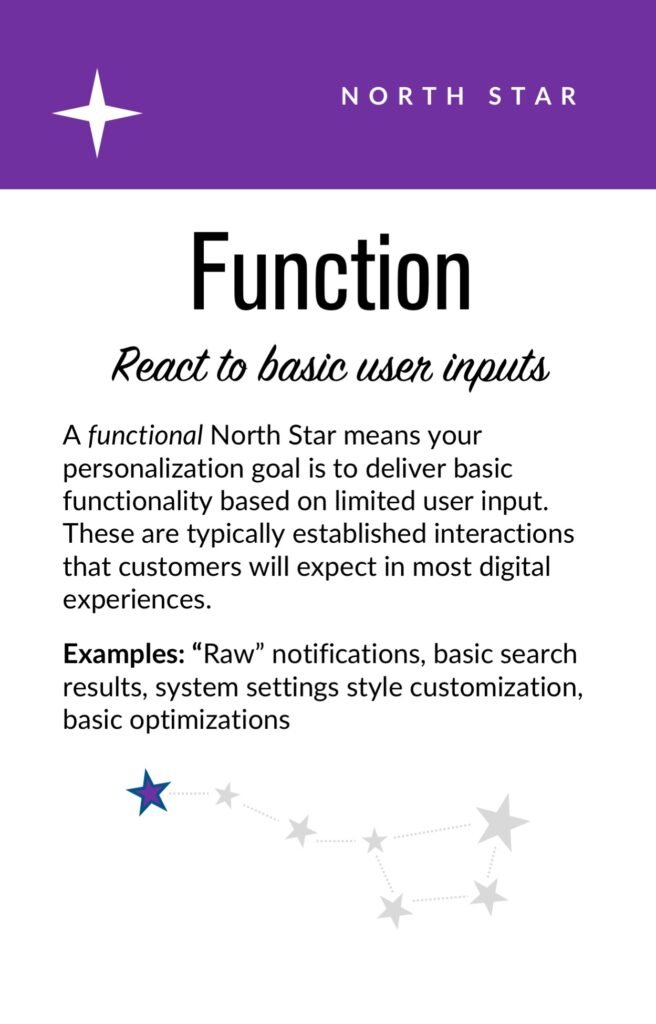The word “real” gets tossed around a lot when people compare physical objects and digital ones. That’s fine for casual conversation, but when publishers use that kind of sloppy language it reveals serious flaws in how they think about their products and businesses.
Article Continues Below
Colloquially, “real” implies something genuine, legitimate, honest; a desirable and trustworthy thing. When publishers describe their print products as “real,” they’re granting physical objects a heavy dose of primacy and authenticity. It reveals a mindset that often leads them to treat print artifacts as canon and implicitly diminish the value of other options. Yet despite objections to the contrary, digital objects, services, and interactions are no less “real” than physical ones.
Take a look at the following samples from actual product discussions and marketing (emphasis mine):
“…and then we ship you a real magazine…”
“…it flips just like real pages…”
“…it lets you print real photos from your Instagram feed…”
No, sorry. A printed book and an ebook are both real books. A digital photograph and one made out of silver nitrate are both real photographs. Both forms convey the essential content of the thing. Physicality isn’t the sole prerequisite of existence. (I’ll spare you the Descartes.)
What we do with technology and the internet during the course of our daily lives is most definitely a very real part of our absolutely, unquestionably real lives. This thing you and I are doing right here? Exchanging ideas via the written word in a digital format? That’s real. It’s happening. Is this real life? Why yes, David, it most certainly is.
It’s easy to see why digital winds up with the short end of this stick so often. It’s a relatively new medium; one we’re still tinkering with, trying to find out what works and what doesn’t. Because of that, we find ourselves taking cues from the older, more venerated medium.
But we need to dedicate ourselves to grappling with digital on its own terms. We need to push ourselves into that phase of its history where we focus on maturing the features and values that are unique to it. Getting to that point starts with how we talk about these things. Clearing out the sloppy language so we can see it for what it really is.
Now, here’s the thing when it comes to publishing and the friction between ebooks and print: it’s a red herring. Neither should be primary. They are both manifestations of content. They are things content gets poured into, formatted for, and presented in. It’s the content itself—not the ink on the paper, the pixels on the screen, or the shape of the object—that publishers should be building on as their foundation.
And publishers really, really need to get to the point where they can do that. If they’re still thinking of one format as “real,” as the primary one, they’re doing a disservice to all the other equally important parts of their businesses. They’re not thinking about putting adequate technical, design, and business resources against them. They’re not thinking about pricing them correctly or integrating them into their overall business. They’re falling short.
Digital products deserve just as much love, care, and attention as print ones, and underlying that is the need to prepare content for use across all formats, current and future. A few decades ago digital wasn’t even a thing. Wonder what the next few decades will bring? What comes after mobile? Danged if I know. We can be prepared, but getting there will be that much harder if we keep using language that exalts one format at the expense of all the others.
For publishers, it’s time to start getting real.




